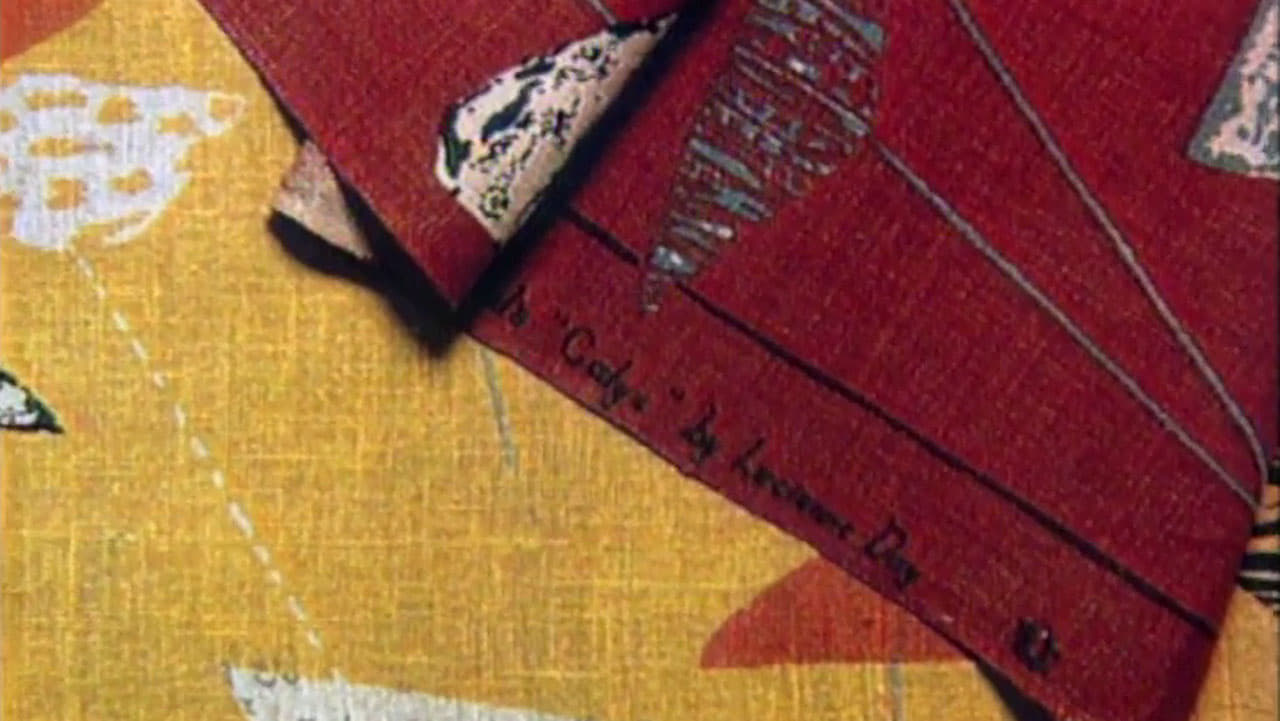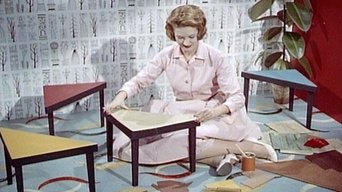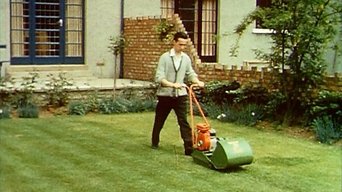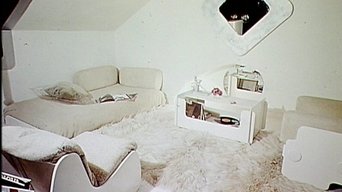All Mod Cons (1997)
All Mod Cons
1997 / NR
How we decorated and redecorated our homes over the latter half of the twentieth century reflects our changing attitudes to domesticity, home ownership, gender roles, and children. Through interviews and the witty use of archive, an intimate and affectionate social history of British homes.
Seasons & Episode

The post-war years led to a boom in home ownership and consequently a generation of fanatical do-it-yourself home improvers. How DIY transformed the interiors of British homes.

In the 1950s, walls were knocked down, windows enlarged, and open-plan living rooms built as an antidote to post-war gloom. The colour, light, and space of this 'contemporary look' changed the way that British people lived forever.

After rationing ended, the consumer society was born. Britons were able to fill their homes with a variety of electrical goods.

The end of World War Two marked a shift away from the practical nature of horticulture stressed by the Dig for Victory campaign, and once again flowers bloomed in Britain's domestic gardens. As gardens became more decorative, magazines and radio programmes turned their attention to the new hobby, while labour-saving devices and garden centres helped make the garden a place to relax in and enjoy.

In the 1950s, people were desperate to be modern, and old attitudes were bulldozed away; in the '60s, objects thrown out as junk by previous generations were suddenly in demand for the young and fashionable. Now the rage for nostalgia has spread to homes located all over the country. Why we became obsessed with furniture and architecture from the past.
How we decorated and redecorated our homes over the latter half of the twentieth century reflects our changing attitudes to domesticity, home ownership, gender roles, and children. Through interviews and the witty use of archive, an intimate and affectionate social history of British homes.
Watch Trailer
Free Trial Channels
























